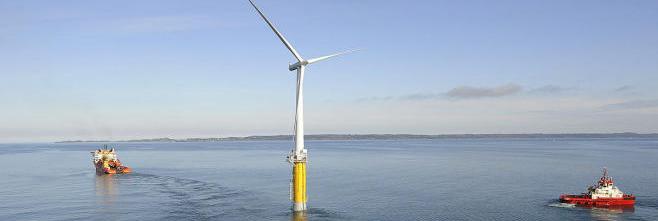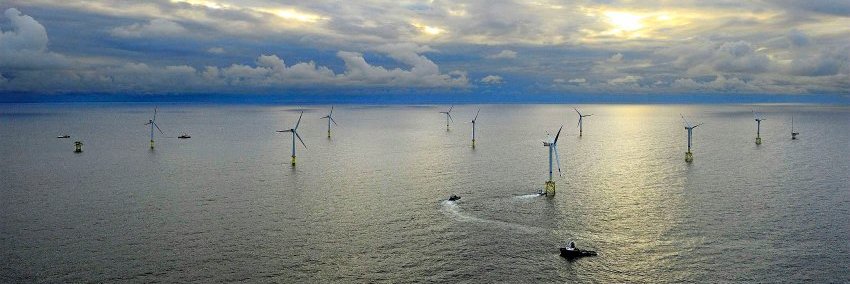Work Package 7. Advanced rotor concepts.
This WP aims to study new concepts for rotor blades such as integrated active vibration reduction approaches
and bend-twist coupled blade designs to reduce blade oscillations and the corresponding structural loading of
the blade and the entire turbine.
Even though larger wind turbines can generate greater amount of total wind power, the efficiency of larger wind
turbines still has to be optimized in the future. The significant decrease in specific power displayed by up-scaling
studies indicates that improvements in current blade designs or alternative blade designs and technologies are
required, to achieve similar or better efficiency than that of smaller blades.
Specific blade power output can be increased by load mitigation through smart blade designs. Load reduction is
foreseen by incorporating structural bend-twist coupling within the blades. This innovative technique enables
passive load reduction by twisting the blade to feather when subject to high or unpredictable wind loads.
As rotor blades increase in length the blade loading is subjected to increases by a larger proportion than the
amount of power; therefore, load reduction will enhance 10, 15 or 20 MW blade designs.
However, undamped vibration modes, e.g. fluttering might become an issue due to the nonlinear deflections of
long blades, which could be compounded by the bend-twist structural coupling. The objective in WP7 is to
develop technology that enables lower weight; reduced load turbine blade designs that achieve higher specific
power production, i.e. kW/kg, enhancing at the same time larger blade concept. The structural performance
of the new concepts will be investigated through appropriate component and blade testing, monitored with
advanced structural health monitoring systems.








